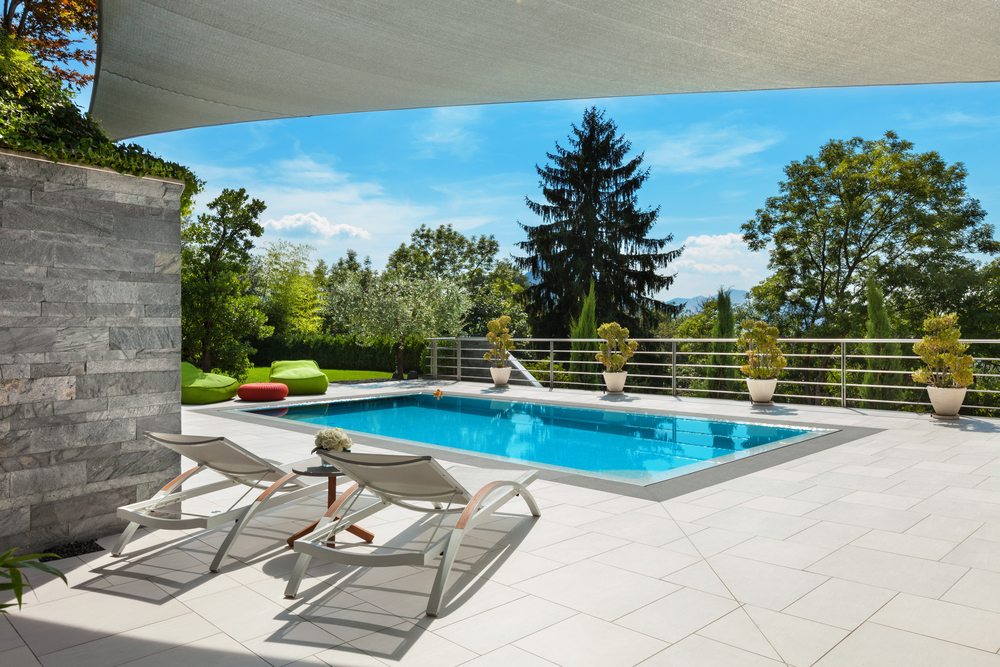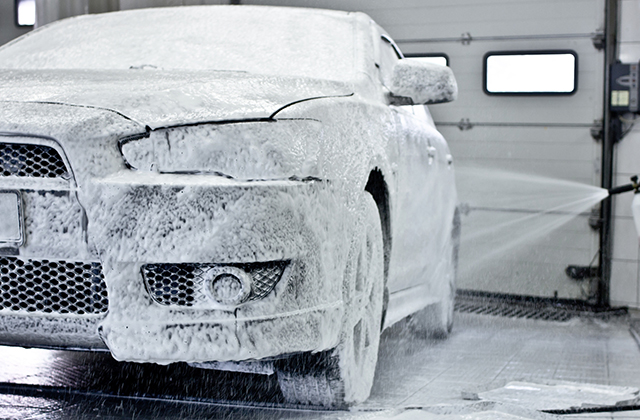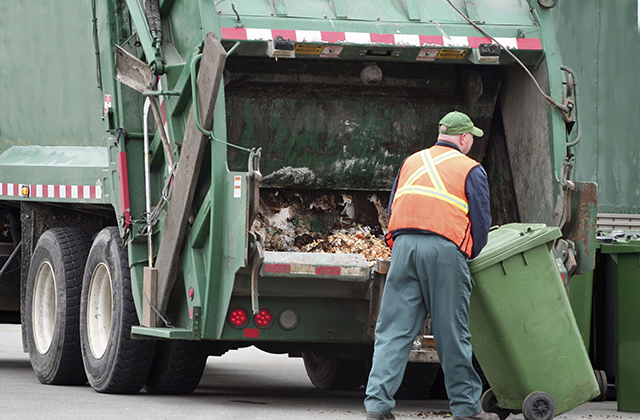The latest rage in swimming pool care is salt chlorine generation. Sometimes called saline generation, pool minerals, Mineral Springs, etc. Note that your pool is useless if you are not using it, it’s occupying space in your home contact swimming pool removal Sydney if you decide to get rid of it.
Now you can practically manufacture your own chlorine in your own pool. Sounds great doesn’t it? Phenomenal money saver, right? Well…
Let’s look at this holistically, especially in light of the tremendous press that salt or saline-chlorine generation has been getting.
The thought is, take common salt in the form of Sodium Chloride (NaCl) and break it into its elemental components. In layman’s terms we have water (H2O) + salt (NaCl) passing through an electrolytic cell (sometimes called a turbo cell or ECG – electronic or electrolytic chlorine generator) which has specially coated plates and an electrical current running in them. The positively or negatively charged current breaks the molecular bonds into Hypo-chlorous acid (HCl) and sodium and oxygen. Hypochlorous acid is what we’re looking for as our sanitizer. Sounds pretty simple and realistically speaking, it is. As you can figure out, there’s a “BUT” coming!
The “but” is that there’s a bit more to this chemistry. That ECG is also “creating” other compounds as the water, with various dissolved minerals such as calcium, phosphorous, sulfur, passes by. Salt-chlorine generation causes 3 basic issues that the pool owner needs to be aware of:
Difficult to manage pH levels, especially high pH.
Scaling of pool surfaces & equipment.
Stray electricity adding to the electrolysis corrosion & metal staining problem.
High pH is always a problem with saline pools. The method of generation continually pushes or forces the pH up. If you live in an area where the pH of the source or tap water is low or lower, such as in various parts of the Northeast US, that “problem” can actually help your overall water balance. As long as you are regularly monitoring the pH and making adjustments as necessary, you should be in good shape.
Other parts of the country are not so lucky. Areas of “hard water” such as in Arizona or Florida will constantly battle high pH. There are cities & towns where the pH out of the tap is in excess of 8.0. Acid will need to be added on an ongoing basis to maintain a “stable” pH level of 7.4 – 7.6. These areas also typically have higher contents of dissolved heavy metals such as iron, copper or manganese which can lead to staining.
The other high pH pool issue is associated with virtually any concrete, tile or aggregate finished pool. When new, these finishes will continually force the pH level high. And when the plaster finish is brand new, it’s not unusual to see pH levels in excess of 10.0 or higher. In fact, newly plastered pools should NEVER add salt to the pool until 30 days after being filled to allow the curing process to begin. Neglecting this delay will cause abnormal staining or mottling of the pool’s finish & surface (which MAY not be able to be treated).
Scaling is the second significant problem or issue that you need to be aware of. Scaling of pool surfaces, especially at the waterline, heater interior, filter media and most importantly, the ECG itself. Scaling of pool surfaces provides additional nooks & crannies for algae and bacteria to grow. Plus it’s not easy to clean or remove. Heater scaling dramatically reduces heater efficiency thereby driving up your pool heating costs. When a filter is scaled, it also looses efficiency and is a royal pain to clean.
More importantly, we are concerned about scaling of the chlorine generator itself. That cell is one of the most toxic places on planet earth. On one side of the cell plates, the pH is close to ZERO! On the other side, the pH is at the opposite end of the scale, about 14. Scaling is bound to happen. “But I have a self-cleaning generator,” you say. Not really; although the polarity reverses, the scale will still build up. There are 3 kinds of scale that will form reducing chlorine generating efficiency: phosphate scale (almost invisible, leaves a dull patina on the cell plates), calcium scale (a heavy to heavier white scale), and sulfate scale (gray scale that’s VERY difficult to remove).
Where do these scales come from? Phosphate scale is from phosphates. Phosphates come from certain pool chemicals (ironically anti-scaling & anti metal-staining chemicals) and environmental sources such as dead skin cells or “fly over” bird waste (even more concentrated with highly touted “Solar Salt”). Calcium is dissolved in water everywhere! Heck, our bones are largely calcium. If you have a plaster or gunite pool, calcium is in the plaster and grout. Sulfur? From sulfates. Certain pool pH reducing chemicals contain sodium bi-sulfate.
Better qualities of pool salt contain less contaminants, including heavy metals as mentioned above and more “pure” salt. Even some of the pool salt “additives” contain “high” concentrations of phosphates and sulfates to control staining, scaling & pH (such as BioGuard Mineral Springs, Capo Salt Saver, and other products). Bottom line, don’t simply trust “how good” the water looks or feels; keep a close eye on pool water & mineral balance. And careful with acid washing the cell; you will strip the protective coating from the cells in a very short time. With many ECG costing several hundreds of dollars, shortened life due to premature scaling needs to be avoided.
Electrolytic corrosion & staining is difficult to describe as well as prevent, but the effects are soon noticed by every pool owner over time. One of the interesting things that happens when salt is added to the pool water is that the water becomes better able to conduct electricity. It’s kind of like putting a fine “chemical wire mesh” in the water. Stray electrical currents “flow” through the water attacking metal surfaces & finishes, including stainless steel. Stainless steel ladders and rails loose their “shine” and get this patchy black or gray look. Aluminum ladder or slide anchor sockets corrode completely. Concrete deck finishes pit and become grainy (remember how your home steps or patio look after applying salt to rid the deck of ice?). The electrolysis may also contribute premature degradation of steel and aluminum above ground pools – especially if they are not properly grounded. Excess salt clinging to pool bio-films on the pool’s surfaces will cause staining & scaling of the waterline that will be difficult to remove.
By the way, there are newer, more pure brands of pool salt and additives coming available. Take care to find the most pure salt for your pool.
That’s the chemical side of pool salt. We’ll next look at the REAL economics of pool salt.
http://www.parpools.com
http://www.parpools.com/Page/PoolCare/Pristiva.html
Article Source: http://EzineArticles.com/expert/Ronald_Parrs/48704
Article Source: http://EzineArticles.com/3883007



